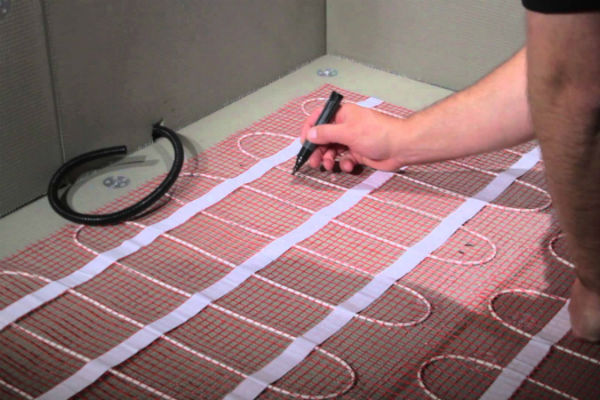Check out our latest news as well as finding useful tips and resources.

Coldbuster DIY underfloor heating systems are designed to be used in all areas of your home to provide you comfort underfoot. Whether you are building a new home or simply renovating or extending an existing property, Coldbuster floor heating can help design a floor heating system to suit your needs.
Coldbuster floor heating is suited for:
Coldbuster floor heating can be used on:
Coldbuster floor heating can be installed under just about any new floor finish available on the market today:
Coldbuster DIY in floor heating is classified as an appliance and can be installed by any competent person. Once your heater is installed, simply call your electrician to connect the heater & thermostat to a RCD (safety switch) protected circuit. It really is that simple.
To find out more about how Coldbuster DIY floor heating can be used in your home, send us your floor plans. We use these drawings to plan and create a floor heating system for your home heating needs. We will provide you with a comprehensive floor heating layout and quote completely FREE of charge.
The simplest way to get the right product and the right size of product is to Get A Free Quote
Need Electric Underfloor Heating?
For more information see our Measuring Up for Floor Heating Guide